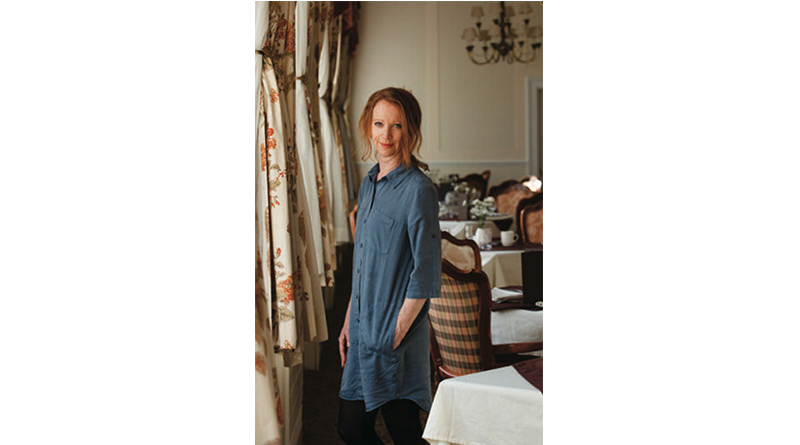Facing the Challenges of Catering for Care
Article by Sophie Murray on behalf of the National Association of Care Catering (www.thenacc.co.uk)
Catering is a skill. Caring is a skill. Care catering is a doubly skilled combination requiring expertise and application from both areas. It is also doubly rewarding when you see the outcomes that can be achieved.
Our regulator requirement is centred around providing for the nutritional needs of all residents, whilst ensuring choice. Food allergies, choking risk, religious or culturally influenced diets, special diets or any other therapeutic diet also need to be catered for. But our specialised service does not stop at delivering great food in a great environment. It relies on personalised knowledge of the individual receiving care. This is a complex area and, in my view, it requires participation by care teams in the dining experience to support those that have difficulty in eating a full meal. Sometimes, time taken to eat can be an indicator of difficulties with food consumption.
Quality care relies on the skills of team members to assess people’s needs and be aware of their changing needs. This can be especially significant for a person who has dementia and who may, at a glance, appear to be able to pick up a knife and fork and feed themselves. However, on closer inspection, little food may be reaching their mouth and they could need hand- over-hand support and gentle ongoing prompting by a member of the care team eating a meal with them. There have been in the past some less dignified functional dining aids but there are now many more on the market that enable a person to remain independent with dignity.
The dining rooms and dining room teams will influence front-of-house delivery and the experience enjoyed (or not) by residents. My biggest tip is to eat with a resident to know their needs and create an efficient hospitality style delivery. The teams, whether from care or catering, need to have identified roles at mealtimes. For example, they could be waiters to designated tables or servers trained to serve attractive food with the right implements. Washing up should not take place during service in front of the customer, and ‘back-of- house’ activities must not compromise the resource needed for resident support.
The dining environment should also be as encouraging as possible, resembling the comfort of somebody’s home.
Carefully chosen curtains, chairs and furniture that perfectly balance this comfort functionality is important. Music and lighting, again, can be homely. For some people, finger foods are appropriate whilst others require increased support to eat the foods they like.
In summary, establishments need to know what ‘good’ looks like and create systems, policies, procedures and work- ing practices that align to catering in care excellence. Sometimes, for team members who have not experienced this excellence, taking them to different environments, such as restaurants that capture the vision, can be very beneficial. Whilst this is not a practical option in the current situation, we can use online restaurant tours, and educating and involving team members in the taste testing of food too.
Dignity never needs to be compromised when catering in care. The skill of careful assessment to attribute the correct care levels can be the difference between good and poor care. This should be included in any procedure around care. In the same way that a service may have a food charter, it may also have dining and care standards, focusing on the environment as one specific area and the personalised sup- port as another.

